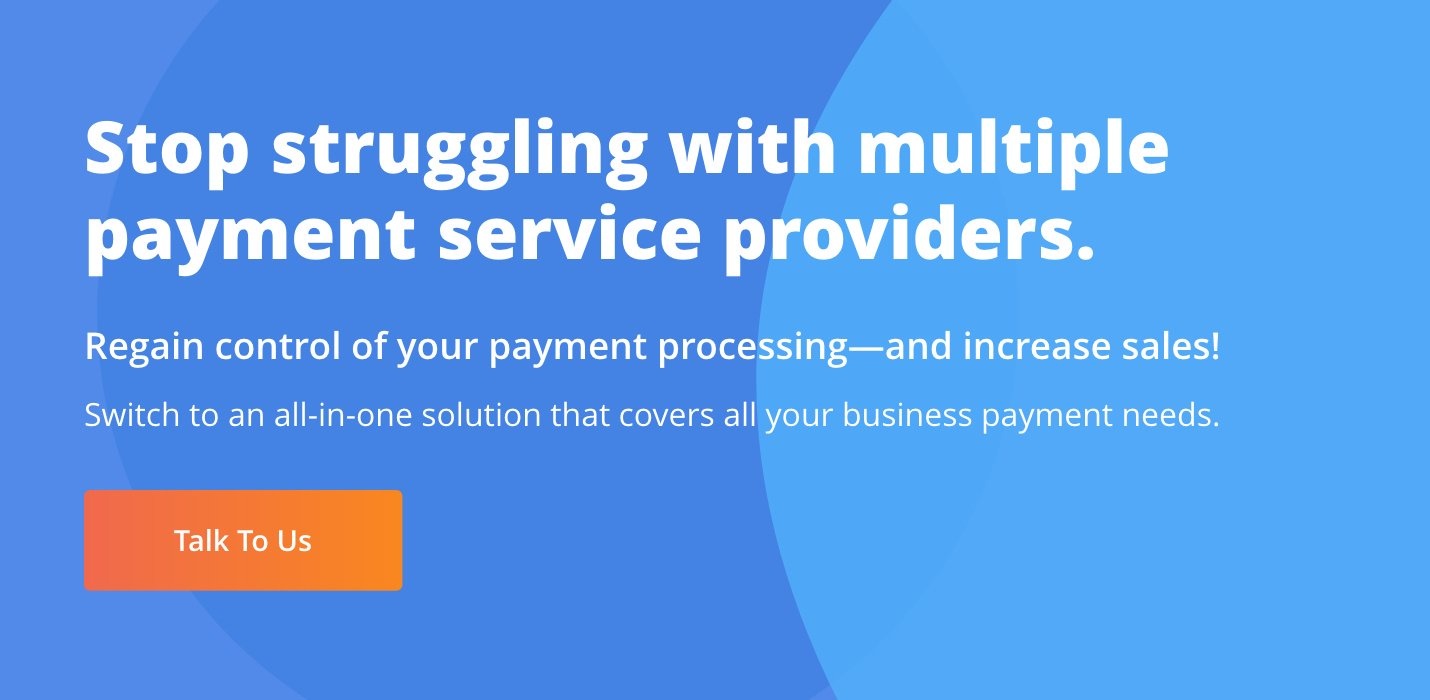Did you know that more than half of all eCommerce traffic originates on a mobile device? It’s also true that one of today’s strongest eCommerce trends is the acquisition of customers through digital platforms like Facebook and Instagram—which the majority of users are accessing via phone.
But here’s another fact that flies in the face of those trends: Mobile has a higher average shopping cart abandonment rate (85.65%) than desktops and tablets.
From these facts it’s not such a leap to conclude what most of us already know: The traditional mobile checkout experience has so much friction that it’s driving customers away. Too-small screens, too many form fields, and too many interruptions (hang on, I’ve gotta take this selfie…).
Thinking logically, it seems like the implications of improving your mobile checkout experience could be huge, right?
It’s not rocket science: A great mobile checkout experience translates to greater sales—period. Click To Tweet
The best way to improve your mobile checkout experience is to offer eWallets (also called digital wallets) as a payment choice. By definition, eWallets—Apple Pay, Google Pay, Visa Checkout, and others—make mobile payments a faster, better experience. They speed up the checkout process because customers don’t have to type in lengthy billing or shipping information. They also have underlying security technology that can help dramatically reduce fraud. So implementing an eWallet should be a priority if you’re looking for ways to grow sales.
Unfortunately, there’s a lot of misinformation circulating about eWallets, some of which may be holding you back from using them. Check out the infographic below (or view it as a PDF here) about the seven most common misconceptions, and then continue reading to get a more detailed explanation of each misconception.
7 Lies (& Truths!) About eWallets
1. Nobody’s using them.
The 446 million people who used an eWallet in 2016 would say otherwise. In fact, research shows that mobile wallet transactions in the U.S. that same year added up to more than $45 billion. And what about the rest of the world? The global eWallet market is forecasted to reach approximately $2.1 billion by 2023. Internationally in 2016 there were:
- 163.6 million mobile payment users in Asia/Pacific
- 101.3 million in Africa
- 90.7 million in North America
- 64 million in Europe
- 22.3 million in Latin America
- 6 million in the Middle East
2. They cost more.
Wrong again. Processing an eWallet transaction costs the same as a credit or debit card transaction, so don’t let this misconception stop you from giving your customers what they want.
3. You’ll get less customer data.
In truth, you get the same amount of shopper data you get with credit card transactions, so you don’t have to worry that you’re missing out on valuable information.
4. They aren’t secure.
Anytime you send payment data across a mobile or wireless network there’s some level of risk, but eWallets use strong security measures that actually make them one of the most secure methods of payment available.
When you enter payment information into a form provided by the merchant, you don’t always know if or how the data is secured. Not every customer will assume your checkout is secure, no matter how strong your brand is. And we all know plenty of big brands have been hacked.
With an eWallet, the shopper knows who is collecting the payment information (the wallet provider) and how it is secured—it’s the same every time the wallet is used, regardless of the merchant.
Apple Pay, for instance, requires shoppers to scan their fingerprints or faces to authorize a payment; it also adds an extra layer of security with tokenization so that no one—not even the merchant—has access to the full credit card number. For some merchants that’s led to 63 percent less fraud volume and 56 percent fewer fraudulent transactions overall. Implement an eWallet system today and you’ll likely start seeing your own fraud rates decrease.
5. They don’t impact conversion or abandonment rates.
Thanks to eWallets, many eCommerce businesses are seeing an improvement over the abysmal average smartphone conversion rate of 1.5 percent—in fact, some businesses achieve as high as 5 percent using eWallets. A faster, easier checkout process means customers have less time to be distracted and more motivation to complete the checkout. (One business saw a new customer land on the site and complete a transaction with an eWallet in less than 43 seconds!) There’s just no better way to please your customers and complete more sales at the same time.
6. They won’t help me reach more customers.
Adopting a mobile-first approach to checkout will attract a greater number of customers worldwide. Emerging markets—like India, Africa, and southeast Asia—lead the pack when it comes to mobile payment adoption. Mobile phones are the primary tool for internet access in many countries, in part because smartphones are more affordable than desktops and also more reliable in terms of power supply. India is the fastest-growing mobile payment market, with the number of users increasing by 75 percent from 2016 to 2017. And in Africa, mobile payment users outnumber bank account users. By offering eWallets, you can create a more attractive checkout experience for these savvy users and encourage repeat business.
7. They won’t help my business in the long run.
A recent Google study found that consumer expectations of brands’ mobile experiences are higher than ever. Nine in every 10 people who felt positively about an experience would purchase from the brand again. On the flip side, a negative or neutral experience decreases the likelihood of returning to that brand’s site by more than 60%. It’s all about speed—both the speed of loading content and speed of checkout. With options like eWallets available that can help you pick up the pace, there’s no need to risk losing customers.
Check out the infographic below and feel free to share it! And if you’re ready to learn more about how simple it is to implement eWallets for your business, get in touch with us today.



